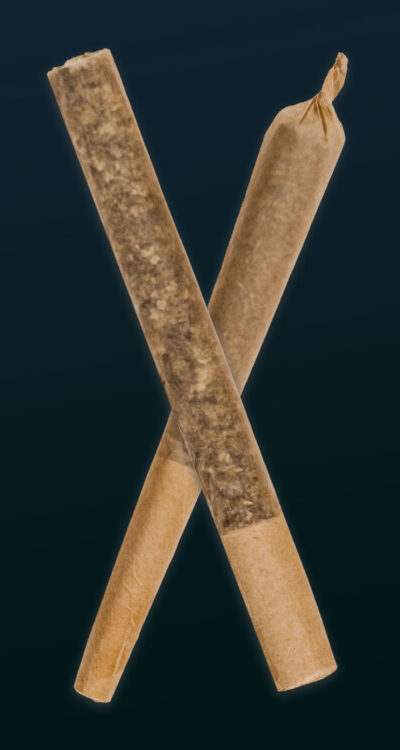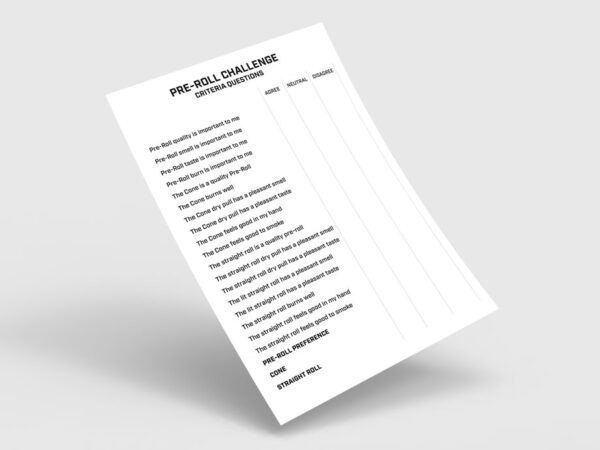We’ve always known that the Blackbird produces a far superior product than any cone-based competitor. And we’ve always known that consumers prefer straight-rolled joints to cones. Our customers tell us that all the time, and for most of them, that’s the key reason they invested in a Blackbird. We can point to their businesses’ success as well as the premium pricing they enjoy over many (or most) of their cone-based competitors.
PRE-ROLL CHALLENGE
Beyond that, we have our own personal experiences with the product, as well as the feedback we get from our friends throughout the industry. The qualitative data out there tells us that people that like to smoke joints prefer Blackbird-produced joints.
But what we don’t have is actual QUANTITATIVE DATA to support that statement. As a company founded by and led by engineers, that matters. So we set up a focus group to fix that problem.
We engaged a 3rd party organization to promote and facilitate a single-blind focus group. They recruited consumers of different ages, sexes, and experience levels with cannabis, to get together for what they called “the pre-roll challenge” on the evening of October 13, 2025.
Watch our video of the focus group below.


The focus group was not told any any point (before, during, after) that the event had any association with RollPros. They were not instructed on the manufacturing methods of equipment used behind either of the two joints they were going to sample and review.
The 20 participants were each given two pre-rolls. One was a pre-roll made with a cone-based machine, the other was a pre-roll made with the RollPros Blackbird. The flower in both pre-rolls was from the same grower, same strain, and same batch.
The focus group facilitator walked them through the grading criteria. There were approximately 10 different grading questions they were asked about each product, which included flavor, aroma, burn quality, airflow, and overall experience.
At the very end, they were asked the ultimate question: which did you prefer, the cone-shaped pre-roll, or the straight-roll?
The results were more convincing than even we had expected.
19 of 20 consumers preferred the Blackbird-produced joint vs the cone-based joint.
For those of you out there “in the know” already, you might be wondering what’s the deal with the one person that liked the cone. We have no idea. It just tells us our work isn’t done yet!







